The Grocery List That Will Keep You—and Your Meals—on Track All Week
You can eat great for as little as $4 a day. Here's how to manage it, with smart strategies for what specific foods to be on the lookout for.
By Lynn Andriani
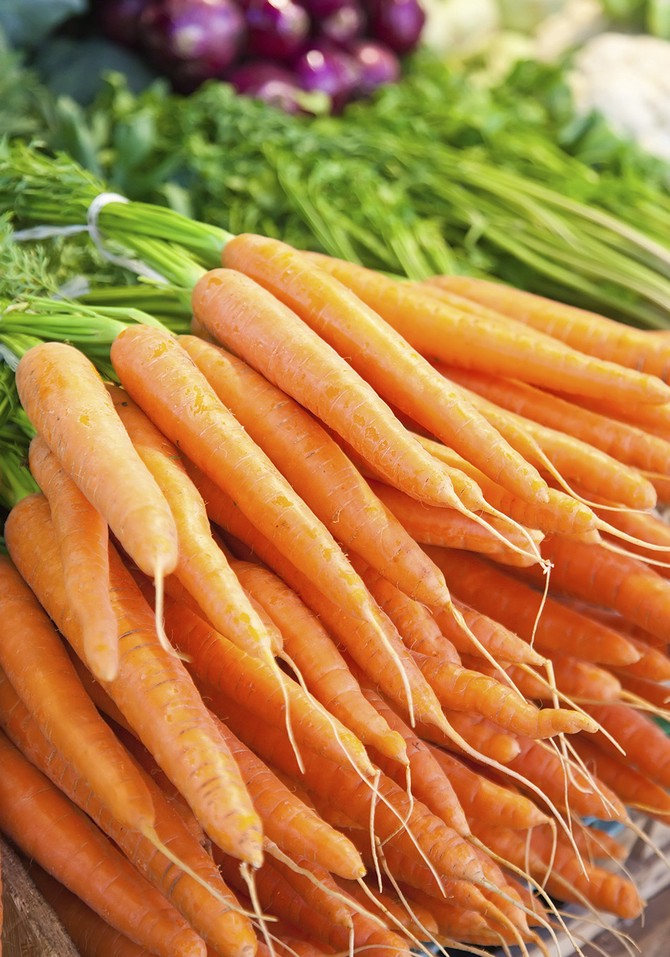
Photo: kotomiti/iStock/Thinkstock
Build Your Meals from the Vegetables Up
There's a reason Leanne Brown's Good and Cheap was a runaway hit on the global crowd-funding site Kickstarter: the guide, which is free on Brown's website, explains how to make unbelievably delicious meals on a tight budget. Its unfussy recipes go way beyond predictable casseroles and stir-fries (think creamy fettuccine with zucchini; Filipino chicken adobo), with vegetables as the stars of most dishes—and not just because they're good for you and for the planet. Ounce for ounce, they can be very economical, especially when you buy them in season. Although the best buys change every few months, you can often find the lowest prices on cauliflower, cabbage, carrots (whole, not baby), onions, celery and sweet potatoes. Fruits, too, are key to any weekly shopping run; on average, watermelon, bananas, oranges, pears, honeydew and plums are least expensive.
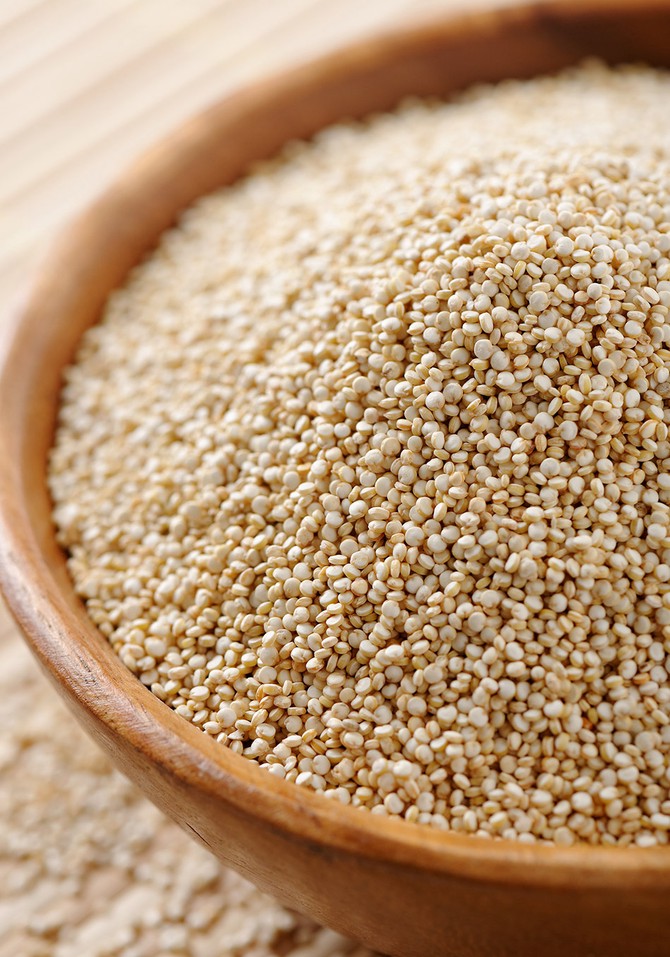
Photo: Viktor Lugovskoy/iStock/Thinkstock
Have Your Grains Ready
A nice variety of whole grains can round out dishes and support those veggies nicely. Every week, buy a different one, Brown suggests (they're generally cheap and have a shelf life of at least four months when stored at room temperature). That could mean pasta, barley, kasha, millet or quinoa; you can substitute pretty much any of them for rice and enjoy more texture and variety.
Buy them in bulk, not in boxes, since mixes that come with accompanying spice packets are much more expensive. This useful table lists cooking times for various grains.
Buy them in bulk, not in boxes, since mixes that come with accompanying spice packets are much more expensive. This useful table lists cooking times for various grains.
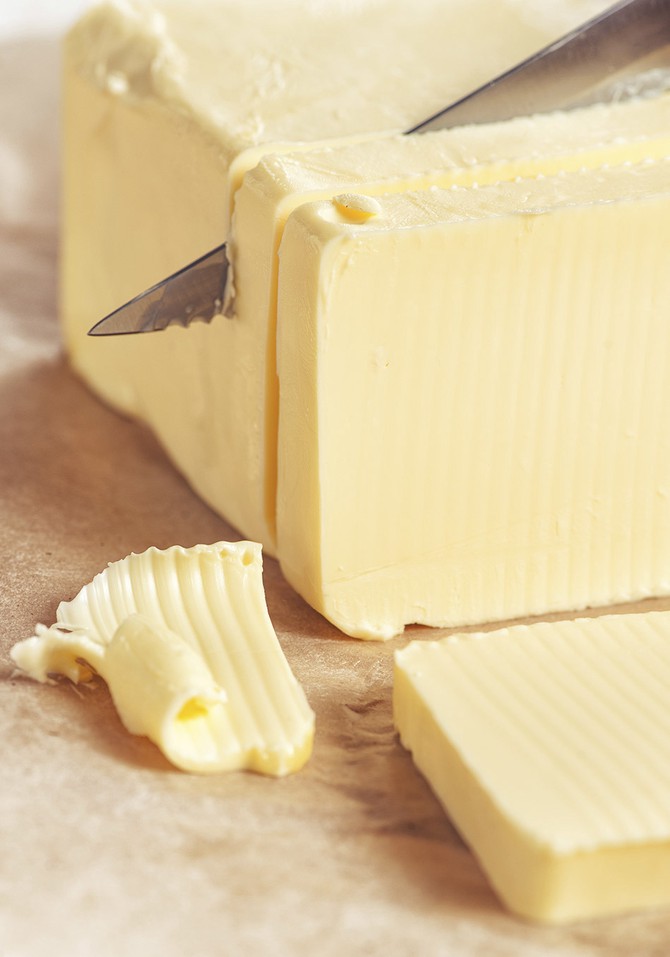
Photo: darkbird77/iStock/Thinkstock
Use Dairy as a Flavor Booster
Many of Brown's recipes use butter instead of oil; it's more expensive but gives food flavor, crunch and richness that cheap oils, such as vegetable, cannot. (And recent studies show it isn't the evil it was once made out to be.) Other versatile dairy items on Brown's weekly list: Plain yogurt, which you can jazz up with fruit or a sweetener, such as honey or maple syrup, or use in sauces and dips, such as raita and tzatziki (they're great with almost any grilled or roasted meat). Cheese for sprinkling on top of finished dishes is another staple, but it need not be an expensive one such Parmigiano Reggiano; one cheaper alternative is Pecorino Romano. Brown also loves salty, tangy queso fresco, which is a fine substitute for feta, and is tasty on salads and Latin dishes.
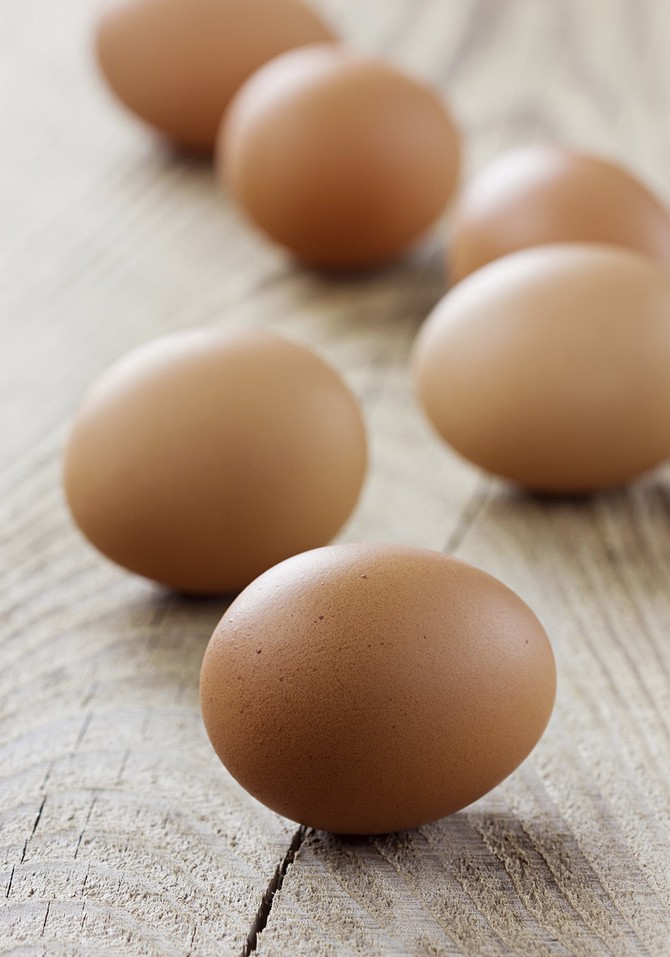
Photo: Julia_Sudnitskaya/iStock/Thinkstock
Add Protein with Chicken and Eggs
We know the best way to save money on chicken, which is one of the cheapest protein sources, is to purchase the whole bird. However, it turns out bone-in chicken thighs are only slightly more expensive, and still a great buy. According to the Bureau of Labor Statistics, the average cost of a whole chicken is currently $1.50 per pound, while bone-in legs are just five cents more, or $1.55 a pound (compare that to boneless breasts, which cost $3.50 per pound). Brown always has eggs on her list, too; they main course-ify anything from roasted cauliflower to veggies on toast. She even tops cooked oats with scallions and cheddar and a fried egg for a savory breakfast.
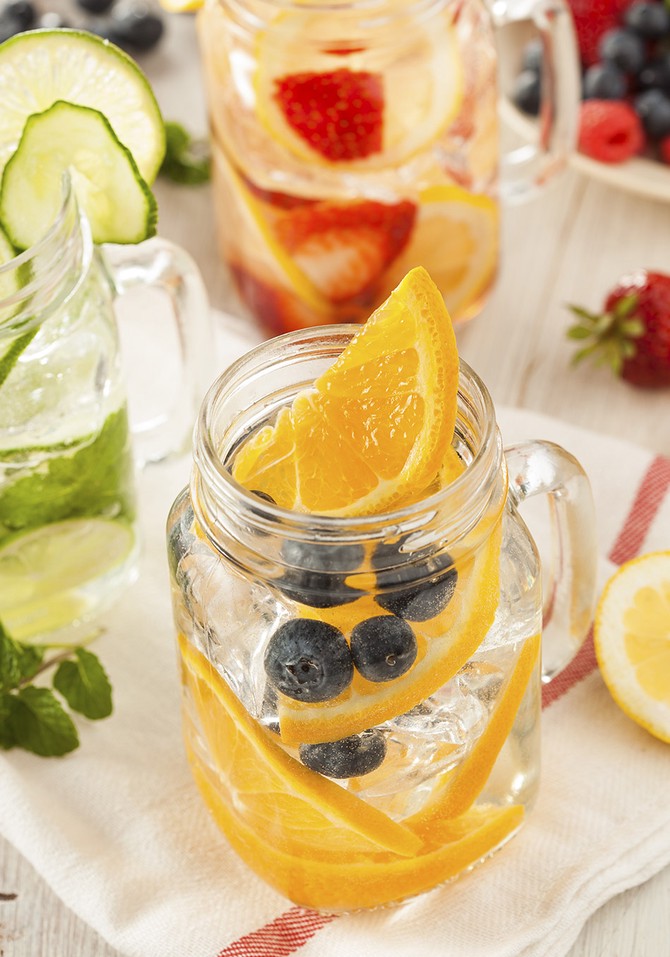
Photo: bhofack2/iStock/Thinkstock
Skip the One Thing That Will Drain Any Budget
Although water is now the most popular drink in the U.S., we still drink an average of 44 gallons of soda a year. Your precious food dollars are poorly spent on beverages, says Brown, since water is all we really need for our fluid needs. If you're really craving something else to sip, try agua fresca, which is as simple as mixing one part chopped fruit with two parts water.
Published 09/09/2014

